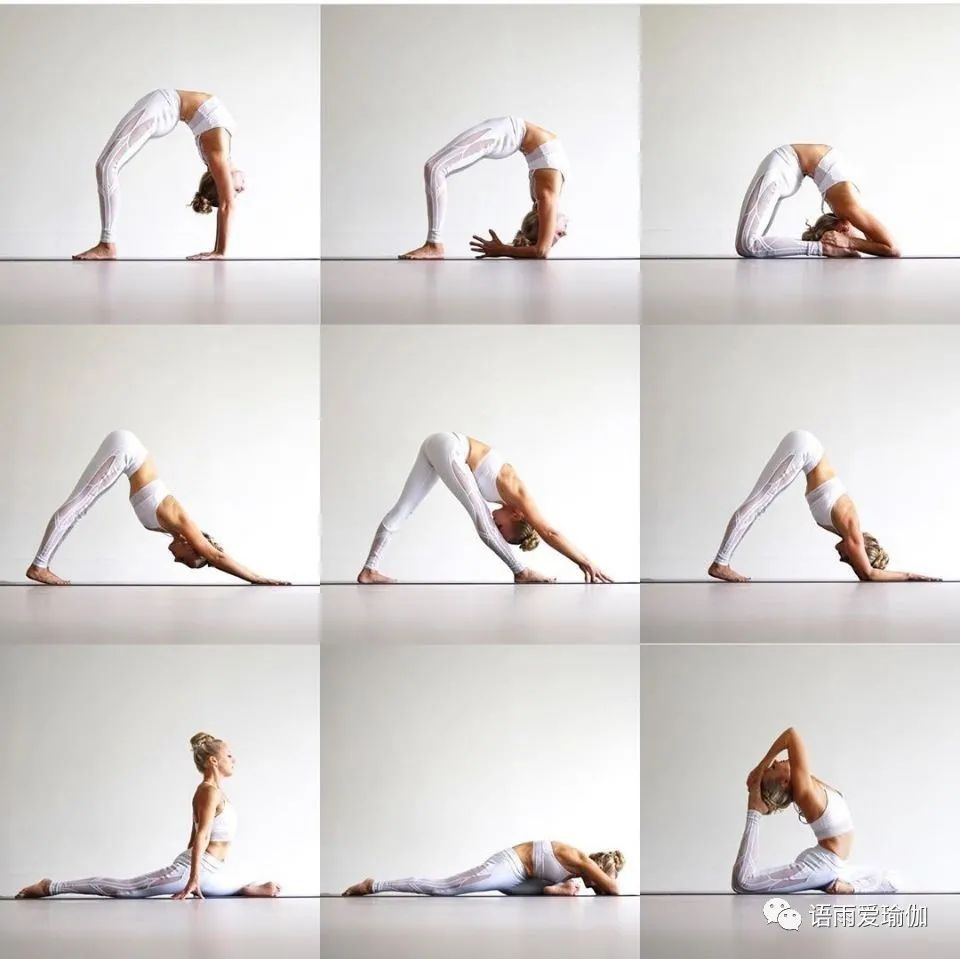One legged pigeon King pose is my favorite backward bending pose.

It simultaneously opens the hip flexors, external rotators, chest, spine and shoulders.

At the beginning of the exercise.

You can use yoga belt to assist.

If your body is too stiff, you can put a yoga brick under your front legs.

This posture requires a lot of body and needs to be completed step by step.

In yoga practice, even with AIDS, you can’t complete many postures.

But the one legged pigeon king style is very easy with accessories.
And when you get the support you need, you will get all the benefits of this pose.
Now let’s see how to practice.
How to prepare for one leg pigeon King pose it is important to practice one leg pigeon King pose and prepare the whole body.
More specifically, you need to stretch the hip flexors, the external rotators of the hip, the spine, and the shoulders.
The best way is to do a complete backward bending sequence, such as practicing the wheel sequence first, and adding the one legged pigeon King pose after the wheel pose.
If you want to create your own sequence, you can practice lunge to open the quadriceps femoris and hip flexor; Back bending can practice cobra, bow and wheel; There are also open shoulder asanas such as bull face pose and dolphin pose.
Then enter the asana through the following methods.
A little attention should be paid to the detailed explanation of Asana: before starting to practice the one legged pigeon King pose, you need to be familiar with the simple version of pigeon pose (half pigeon pose).
This version is easier to practice and teaches you how to align your legs with your hips to complete the pose.
Therefore, you should be familiar with the basic alignment of half dove before proceeding to the next step.
Move your right leg forward into half dove pose.
If necessary, please prepare one (or two yoga bricks) and a yoga belt.
If you use assistive devices, raise your front hip and thigh first.
It doesn’t help to put a pillow pad or a yoga brick under your hips.
In fact, this may even tilt your pelvis forward, which is the wrong direction to bend backwards.
Instead, place a pillow pad under your right hip, thigh and knee to raise them all.
If you use a yoga brick, place a yoga brick under the right sitting bone and under the thigh near the knee.
Raising the hips and thighs will reduce the flexibility required for hip flexors and external rotators to pose.
Then make a circle on the yoga belt, wrap it around the arch of the foot, and then fasten the yoga belt.
If you can’t hold your feet, the yoga belt will provide you with some support.
Whether you use assistive devices or not, you should walk your hands towards your hips, and then press your fingertips into the floor.
Press your front shin and instep into the floor.
Lengthen the spine and lift the chest.
When you are ready to grasp your hind feet with your hands, please breathe deeply.
Bend your back knee, extend your right arm back, and grasp the inner arch (or yoga belt).
If you are flexible enough, bend your elbow and rotate it towards the ceiling.
In addition, change the grip of the foot to hold the big toe or the outside of the foot.
If you use a yoga belt, bend your elbow and grasp the yoga belt so that you can bend your elbow and rotate it towards the ceiling.
Extend your left arm over your head, bend your elbow, and grasp your foot (or yoga belt).
Next, grab your right foot (or yoga belt) with both hands and keep it there.
Take a deep breath to further improve your posture.
Hold your posture for one to two minutes.
Even if you need assistive aids to help, this posture is worth trying…

